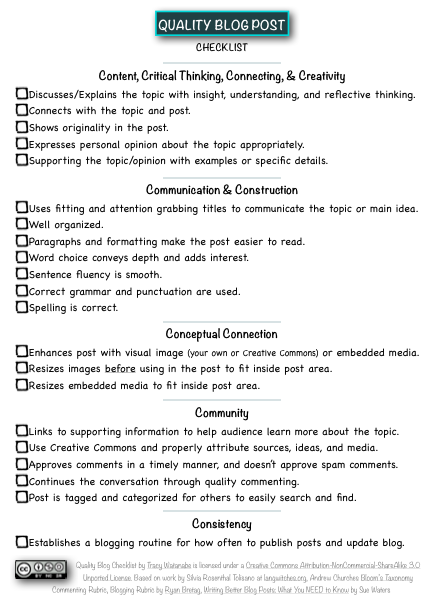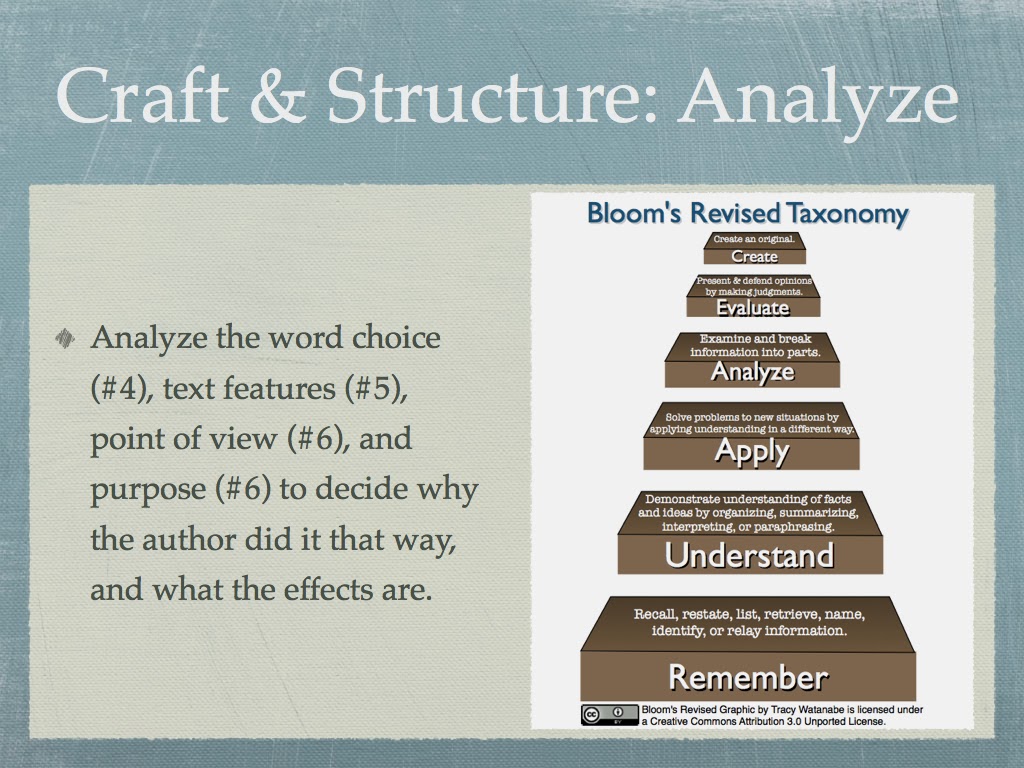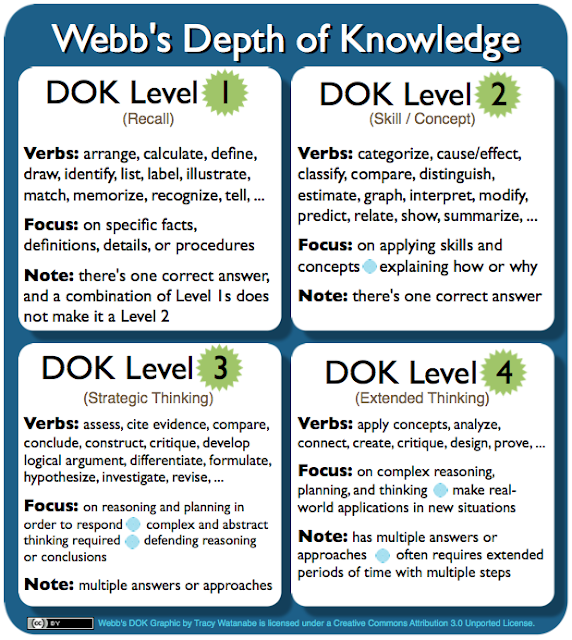RSS through Feedly
RSS stands for Really Simple Syndication. However, when I see "RSS" I think of it as "Read So Simply," because that's what it does -- it takes the blogs and news articles I want to keep an eye on, and collects it for me in one organized place to let me know when it's been updated.
The importance of RSS
RSS is important for several reasons. It saves time on the information highway because the resources I want to learn from come straight to me. While I could ask for it to be emailed to me, let's be honest, I don't want all those emails! With RSS, I can pick and choose when to go visit those resources.
As a member of the blogosphere, reading other people's blogs is an important part of the blogging process of learning and connecting. For instance, I can read and leave a comment by reflecting and contributing or asking a question. I choose whether to read or bookmark it in Diigo for a time in the future when I can dig in.
Furthermore, I am always on the lookout for fantastic class blogs of all ages and content areas to share with my teachers. When I find those blogs, I recommend placing it in their RSS feed reader so they can make a connection, stay in touch with their recent posts to give their students opportunities to write quality comments to them. Hence, it's important to know when new posts are published.
RSS can help with research for students (and help teachers find articles for close reading).
RSS with Feedly
Google Reader was the RSS I used up until they announced they would discontinue supporting it July 1, 2013. So, I now typically use Feedly, recommended by several in my PLN.
To start, I set up an account in Feedly.
Mark as Read

Do not turn off the confirmation to Mark as Read. I've heard others who have, then accidentally clicked it and... (enter sad ending).
I only click the Mark as Read if I want the entire content in source as read. It'll mark itself as read as I scroll through it.
 If I didn't read it entirely and still want to, then I scroll to top of article and select keep unread.
If I didn't read it entirely and still want to, then I scroll to top of article and select keep unread.Tips
Feedly can be added to Chrome through the Chrome Web Store. I also made it my homepage so it is part of my daily routine and easy to get to.
Conclusion
RSS is important for managing information on the Internet and time. It's better than subscribing by email because I'm protecting my email address from spam; protecting my inbox from being flooded; and when I want to delete the feed, it's easy. Furthermore, I'm collecting information in organized categories of my selection, and choosing the priorities of what to read and when.
It is valuable enough to teach educators and students how to set up their accounts, and how to use it for their own research and personal learning.
- If you use Feedly, what other tips or questions can you share?
- If you use a different RSS feed reader, which one do you use?
- What are some other reasons for having a RSS feed reader?




Hi Tracy! I don't usually comment so quickly, but your blog post just popped up in my Feedly! :)
ReplyDeleteOne tip I've learned about Feedly is to categorize the types of blogs I follow, like class blogs, ed tech blogs, teachers' blogs, etc. I'll often wait a few days between checking my feed, and keeping the posts in categories lets me read similar types of posts together. I've also recently started using Pocket (http://getpocket.com/) and I absolutely love it---have you tried it? It works with Feedly (and Twitter, and other apps, and the Web) to save the blog posts you want to save to read later in one place. When I save things to Diigo I sometimes tend to forget about them, but using Pocket works to keep new ideas in the forefront for me.
Hi Shauna,
ReplyDeleteYes, the organization is key! I have mine organized very similar to yours and find myself diving into different folders when I am wanting to connect and learn about different things.
Pocket sounds like a great way to keep the posts/Tweets/resources you really want to come back to in one place. It looks like you add an extension to Firefox to "pocket it" for later. Do you know if there's an extension for Chrome also?
Thanks for sharing that!
Kind regards,
Tracy
There are extensions for Chrome and Safari. The best thing about it, though, is you can one-click save from Feedly/Twitter/Flipboard without even opening the page in your browser. Very clever!
DeleteHi Shauna,
DeleteOh, I like that. I just downloaded it and will need to fiddle with it some. Thanks for sharing!
Kind regards,
Tracy
Hi Tracy,
ReplyDeleteI waited too long to change over and lost all my Google Reader feeds. Part of the reason I lost it all was that I was resistant to change. Hearing about Feedly from several of my PLN, I still wasn't on top of it.
Just recently, I started using "Bloglovin'" and so far it's okay - but there doesn't seem to be the organization that you have identified.
Thanks for outlining how to use it. Think I'm ready to go 'blog hunting' and start up a Feedly account.
As always - thanks for sharing relevant and timely information!!
Best,
Nancy
Hi Nancy,
DeleteThanks for sharing about Bloglovin. I hadn't seen that one before. Honestly, any change from what we're used to (Google Reader) would have a learning curve. Now that I'm used to Feedly, I really like it on the laptop. I haven't been successful with using Feedly on the iPad/iPhone since July 1st, and had a few "over capacity" messages... so I tend to just use Flipboard on those devices.
Happy blog hunting! There's great blogs on The Edublog Awards site.
Kind regards,
Tracy
Hi Tracy,
DeleteThank you for the reminder about the Edublog Award site. I really have been hunting around and trying to remember who was in my RSS. Honestly, one can get lost doing all this looking around. I look up and an hour has passed and I've wondered what I've accomplished. But you know, we do pick little things up here and there that make it worth it.
Thanks Tracy for your insights!
Best,
Nancy
Tracy,
ReplyDeleteI love feedly. My problem is I keep thinking of better ways to organize it. So I'm constantly tweaking it. Great article. I've been looking for a quick way to show other how to use it. Your graphic works. I'm going to point everyone here for feedly information.
Hi Rob,
DeleteThanks for commenting. Glad to hear the feedback and know that it's beneficial.
Kind regards,
Tracy